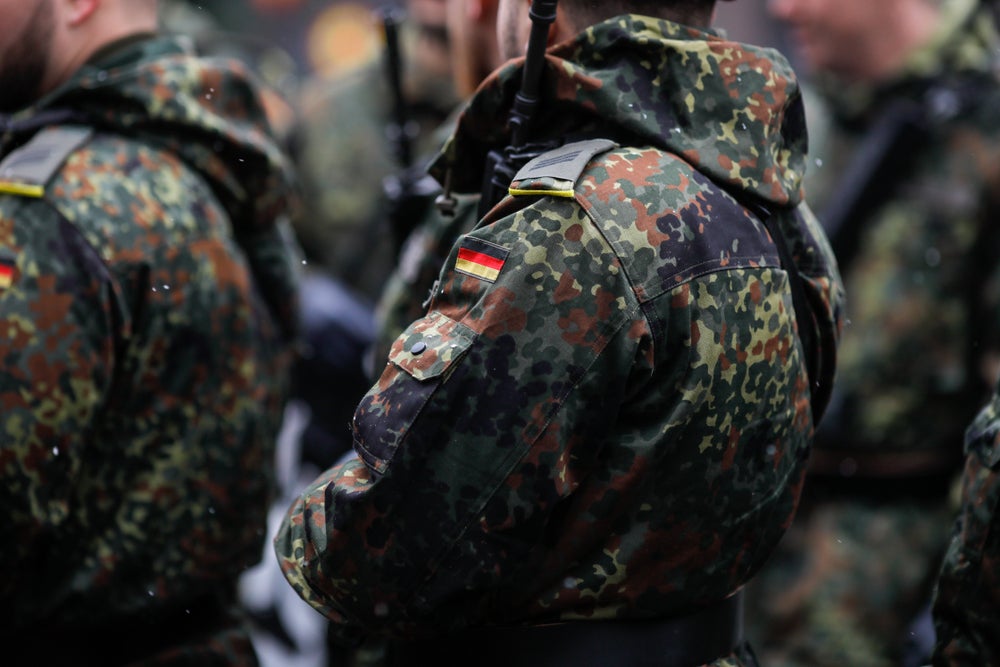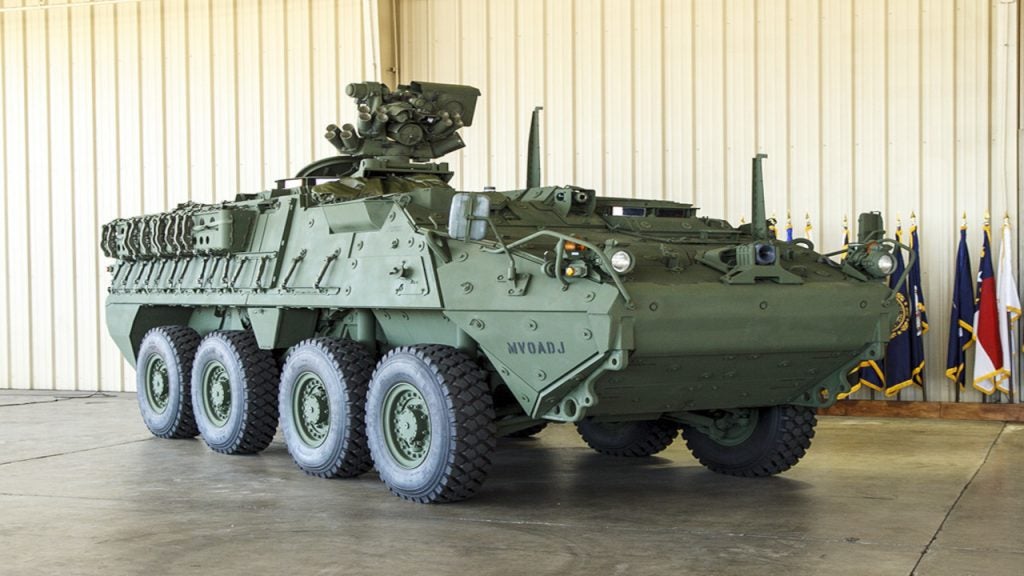The ‘Zeitenwende’, or the ‘turning point’, represented the end of an era in German defence rhetoric. Since the formation of the Bundeswehr in 1955, the country’s politicians opted for a more defensive and pacifist view of how the armed forces operate on the global stage. The invasion of Ukraine early last year changed the opinions of Germans and members of the Bundestag. German chancellor Olaf Scholz declared that imperialism had returned to Europe and that Germany would therefore revise its military philosophy to aid Ukraine.
A year later, however, there has been criticism by Zelensky and other nations due to the lack of action from Germany. The chancellor’s main promise was to increase military spending to match Nato’s 2% spending requirement using a €100bn ($109bn) fund to modernise the armed forces for a more active role, but various factors have limited the German government’s capacity to meet this commitment.
The €100bn in additional funding is being secured as a loan with an estimated €13bn in interest payments, which when accounting for inflation and VAT leaves the Bundeswehr with approximately €50-70bn in accessible funds. This discrepancy has already raised concerns with the new defence minister Boris Pistorius who has requested an additional €10bn in funding to offset inflationary costs.
Per GlobalData’s 2022 report on the German defence sector, the government would need to increase the Bundeswehr’s annual budget by 45% to meet Nato’s spending requirements. The current pledged expenditures would only account for a 17% real budget increase, drastically reducing the likelihood that Germany will meet its 2% of gross domestic product spending targets within the coming years.
Since the Zietenwende speech, Germany has provided Ukraine with combined funding of roughly €5.4bn and has sent more than 150 armoured vehicles, including 18 Leopard 2 tanks. They have provided PATRIOT air defence missiles to Ukraine, as well as approved the purchase of F35s using €13bn from the aforementioned funds.
The Bundeswehr has currently committed €30bn of its €100bn fund while overall funding for the Bundeswehr has increased dramatically. GlobalData’s intelligence listed the growth of Germany’s annual defence expenditures between 2021-2022 at 8.7%, which later grew to 17.3%. Year-on-year growth forecasts following the Zeitenweinde policy shift and is projected to reach 16% growth by 2024.
How well do you really know your competitors?
Access the most comprehensive Company Profiles on the market, powered by GlobalData. Save hours of research. Gain competitive edge.

Thank you!
Your download email will arrive shortly
Not ready to buy yet? Download a free sample
We are confident about the unique quality of our Company Profiles. However, we want you to make the most beneficial decision for your business, so we offer a free sample that you can download by submitting the below form
By GlobalDataDespite these marked improvements in Germany’s defence spending, there remain several limiting factors that reduce the overall impact of this policy shift. As the Ukrainian armed forces proved to be more resilient than anticipated, the German legislature lost the sense of urgency to keep the promises made in the speech. Ukraine keeping Russia busy bought time for Germany, allowing it to modernise its army at a slower pace than outlined in the Zeitenwende.
This resulted in the delivery of Germany’s legacy Leopard 1 tanks to Ukraine being contingent on the Biden administration’s delivery of M1 Abrams main battle tanks, underlining the continued reluctance of German politicians to provide lethal military aid independently and rapidly.
In addition to a funding shortfall, the Bundeswehr also suffers from glaring technological and capability gaps. German munitions stockpiles are only sufficient to support three days in high-intensity conflict, far lower than the 30 days stockpile recommended by current Nato policy. German forces also rely on legacy analogue radios and communications equipment dating back 40 years, hindering reliability and increasing the risk that hostile actors could intercept communications.
The bureaucratic process of approving these German defence projects is long, arduous, and constraining at the turning point. The German defence procurement agency has historically been labelled as inefficient and too bureaucratic. A good illustration of this inefficiency is that paratroopers have been waiting ten years for new helmets, as the German government had to first make sure they fit on soldiers’ heads.
The shortfalls in military efficiency come at an inconvenient time for Scholz, as his reputation abroad and domestically is getting worse by the day. Infighting in his coalition between the Greens and SPD over issues like oil, greenhouse gases, and border checks has caused Scholz to focus on his domestic popularity.
To counter these issues, Germany has pledged to invest significantly in sensors, communications, armoured vehicles, helicopters, and ammunition over the next ten years. Germany has attempted to modernise its remaining mechanised battalions by ordering 143 new Puma IFVs from German primes KMW and PSM in a contract valued at €1.5bn. However, this initiative also falls below requisite levels, as an additional 150 Pumas would need to be ordered to modernise all mechanised forces.
More recently, Germany awarded Diehl Defense with a €950m contract to supply the Bundeswehr with six new IRIS-T radar systems by 2025. However, the local ammunition industry is one field that requires significant investment relative to other areas, with the cost of replenishing Germany’s stockpile estimated at approximately €20bn. Rheinmetall announced that it is expecting a double-digit billion-euro contract to address these concerns, though no agreement has been signed to date.
Major domestic defence companies, (particularly those in the ammunition sector) like KMW, Rheinmetall, Heckler & Koch and others stand to benefit the most from the increase in military spending. In order to fix these various issues, the German government implemented four key changes to improve efficiency.
It introduced a process to check whether 80% of desired equipment could be met with a product available on the market, not newly developed technology. Inspectors of the branches of the military are going to be more involved in the procurement process, and there will be a new procurement and evaluation committee to make the process more efficient.
Finally, they have increased the threshold for direct procurement deals from €1,000 to €5,000. These changes haven’t helped in the short term with the issues that they face. Critics like the head of the Federation of German Security and Defence Industries Hans Atzpodien label the agency as ‘perfectionist’, and that the addition of more checks and committees will do nothing but slow down the process even further.
Political instability has put Scholz’s mind elsewhere from defence as he tries to improve his party’s approval ratings. Scholz still has plenty of ground to cover if he wants to meet the pledges he made in the Zeitenwende speech. Shortages of spare parts have made the readiness of weapons systems systematically low. Doubts remain as to if the Zeitenwende is a permanent mentality change for the German government, as Berlin does not yet seem to have a structural solution for a permanent increase to the defence budget.










Related Company Profiles
Rheinmetall AG